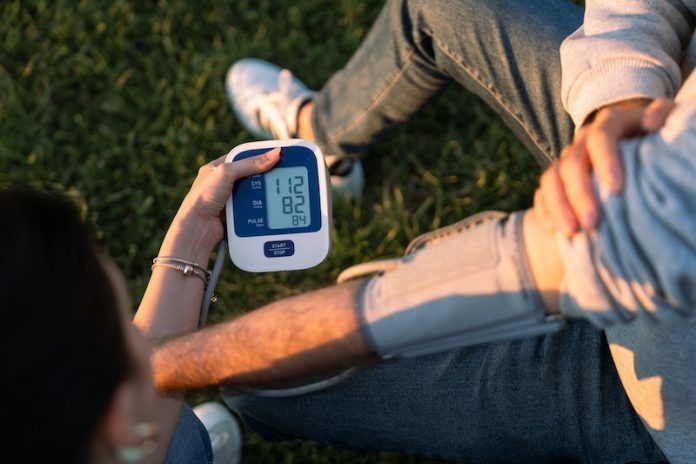
When you go to the doctor for a routine check-up, they often measure your blood pressure using a cuff around your arm.
They inflate it tightly and then release the air slowly while listening with a stethoscope.
It’s a method that has been used for decades, but recent research suggests that it might not be as reliable as we thought, especially for people with mid-range blood pressure.
This could mean that some people who are at risk of heart disease might not be getting the proper treatment they need.
Old and New Data Under Scrutiny
To better understand how accurate the cuff method is, scientists dug into data from studies dating back to the 1950s.
They compared the traditional cuff readings of more than 2,500 people with a more precise method called invasive blood pressure measurement. This method directly measures the pressure inside the blood vessels, providing a clearer picture.
The researchers discovered that it’s not certain whether the cuff method measures the pressure in the arm arteries correctly, or the pressure in the large artery near the heart, known as the aorta.
This is important because the blood pressure in these two places can differ significantly—by as much as 25 mmHg. That’s a huge variation, and it can have serious consequences for diagnosis and treatment decisions.
Why the Aorta Matters
The pressure in the aorta is what your heart and other vital organs, like the brain, experience directly. So, if there’s a big difference between the pressure in your arm and the aorta, doctors might not have an accurate picture of your true health.
Inaccurate readings could lead to misdiagnosis or ineffective treatments, potentially leaving people at risk for heart disease and other complications.
When the Cuff Works and When It Doesn’t
The study showed that the cuff method is quite accurate at the extremes of the blood pressure scale. For people with very low blood pressure (below 120/80 mmHg) or very high blood pressure (160/100 mmHg or higher), the cuff method’s readings were reliable when compared to the invasive method.
However, for people with blood pressure in the middle range—systolic readings between 120 and 159, and diastolic readings between 80 and 99—the cuff method’s accuracy dropped. It was only correct about half the time for these individuals.
This means that for many people with mid-range blood pressure, the cuff method might not provide an accurate representation of their true blood pressure levels.
The Quest for Better Accuracy
Even though this study raised concerns about the accuracy of the traditional cuff method, it’s important to remember that lowering high blood pressure with medication is proven to prevent strokes, heart attacks, and other serious health issues.
The cuff method is still a useful tool, but it may not be perfect, especially for those whose blood pressure falls in the mid-range.
As research continues, doctors may be able to find more accurate ways to measure blood pressure, which could help even more people stay healthy.
In the meantime, it’s crucial to monitor your blood pressure and focus on maintaining a healthy lifestyle through methods like regular exercise, balanced eating, or exploring new ideas like fasting or time-restricted eating.
This study, published in the Journal of the American College of Cardiology, is part of an ongoing effort to improve how we measure and manage blood pressure. With better accuracy, we can help ensure that everyone gets the care they need to stay heart-healthy.
If you care about high blood pressure, please read studies about what to eat and to avoid for high blood pressure, and 12 foods that lower blood pressure.
For more health information, please see recent studies about the connection between potato and high blood pressure, and how to eat your way to healthy blood pressure.
Copyright © 2024 Knowridge Science Report. All rights reserved.



